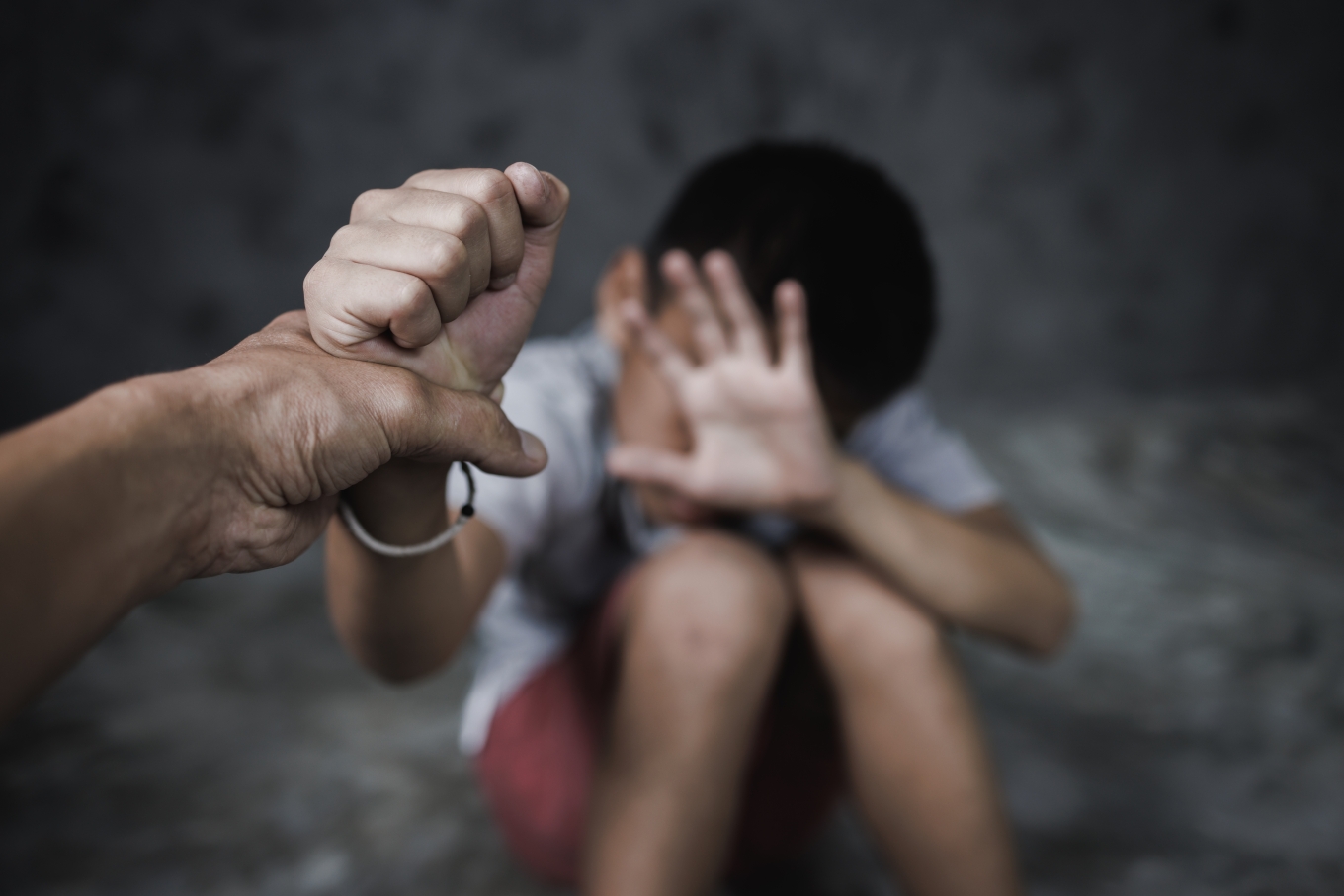Imagine a childhood where every day feels like a nightmare. Where home, supposed to be your safe haven, becomes a place of fear and pain. Sadly, this is the reality for many children who suffer from abuse.
What does child abuse really mean? Is it just physical harm? Or does it include emotional pain and neglect? It’s when someone who should protect you, hurts you instead.
A kid’s life can be significantly impacted by a variety of child abuse scenarios, each with distinct symptoms and outcomes. Physical abuse is among the most typical types. This covers striking, kicking, and any other behavior that injures a child’s body physically. Bruises, wounds, or fractured bones that don’t seem to be healing are indicators of physical abuse. These injuries happen in parts of the body like the thighs or back that are difficult to see.
Although it frequently goes unreported, emotional abuse of children can be just as harmful as physical abuse. The use of words, deeds, or inaction to undermine a child’s emotional health and sense of self is known as emotional abuse. This can include constant criticism, humiliation, or rejection by caregivers. Signs of emotional abuse may include low self-esteem, withdrawal from social activities, or fear of expressing emotions.
Possibly one of the most severe types of child abuse is sexual abuse. It includes any sexual action, including touching, penetrating, or being exposed to sexual material, that takes place between an adult and a child. Unexpected behavioral changes, nightmares, or physical symptoms like trouble sitting or walking can all be indicators of sexual assault.
When parents or other caregivers neglect to meet a kid’s fundamental needs—such as clothing, food, shelter, and medical attention—it also qualifies as child abuse. The physical and mental development of a child might suffer greatly as a result of neglect. Malnutrition, poor cleanliness, or recurrent absences from school because of unsupervised time are all indicators of neglect.
The growth and wellbeing of a kid might be adversely affected for some time by any type of child abuse. These consequences can take many different forms, including physical harm, mental health issues, and trouble establishing wholesome relationships. It’s critical that community members, schools, and caregivers recognize the warning signs of child abuse and intervene to keep kids safe.
In conclusion, establishing a secure and nurturing environment for kids requires an awareness of the various types of child abuse as well as its symptoms and repercussions. But if we spot the warning signs of abuse and act quickly to stop it, we can stop more harm from happening and assist kids in getting better. If you want to explore a firsthand account of childhood abuse, consider reading Nancy Pusateri’s book, Rising Up: A True Story of Childhood Abuse, which sheds light on the dark realities faced by abuse survivors.
The book is available now on Amazon.
